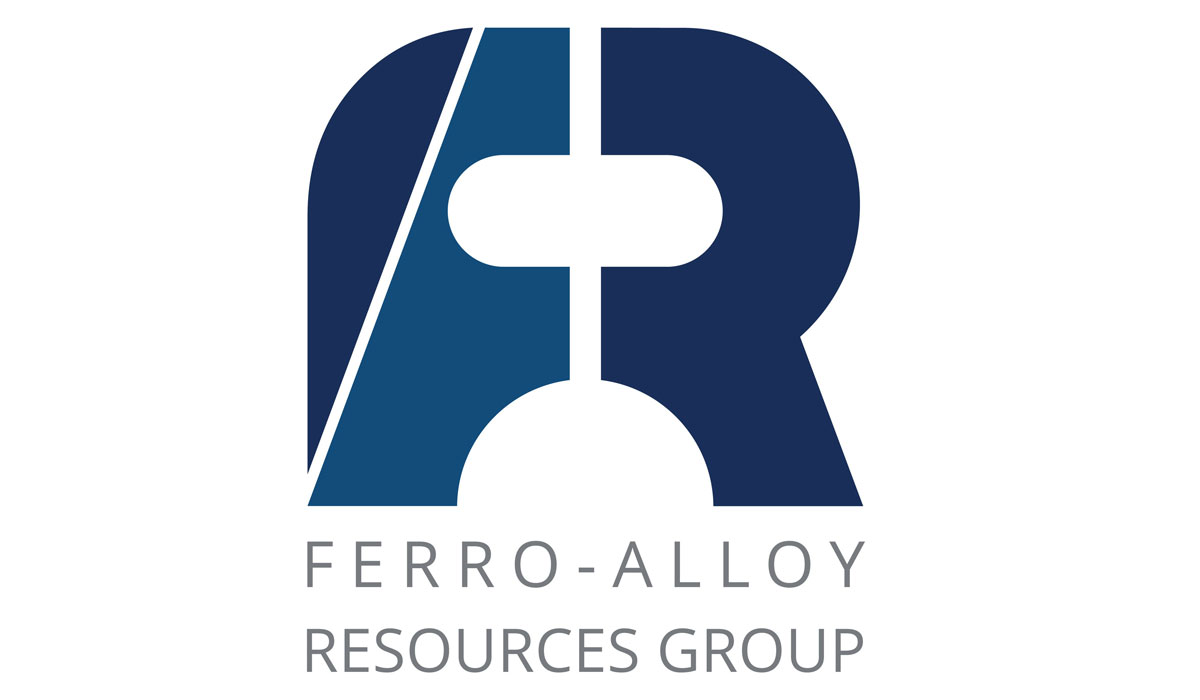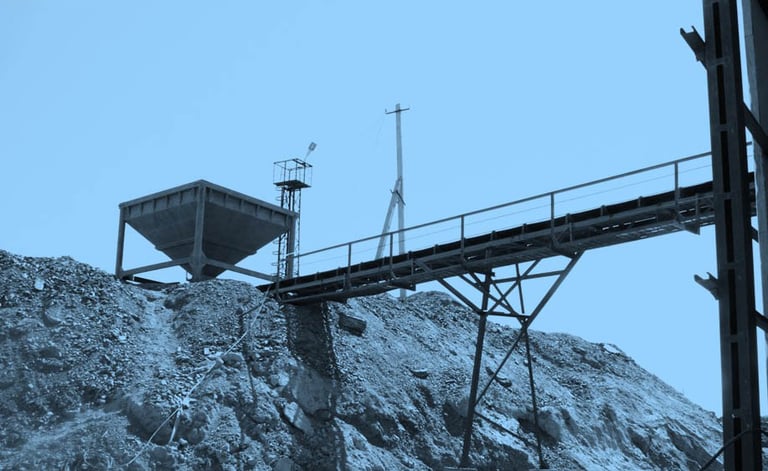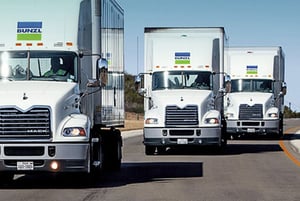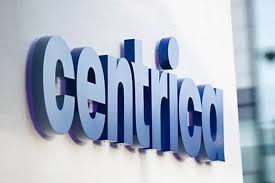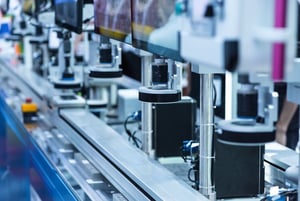Vanadium’s industrial role has long been linked to high-strength steel. Its ability to increase tensile resilience made it vital for construction, pipelines and aerospace alloys. For decades, that position offered stable if unspectacular demand. However, global energy policy is starting to reframe the outlook. As decarbonisation plans mature, so too has the recognition that long-duration energy storage will be needed to stabilise grids reliant on intermittent renewable sources.
Vanadium redox flow batteries (VRFBs) are not new. Their design, which separates energy and power components, allows large-scale, long-cycle energy storage with low degradation. Until recently, cost and complexity kept them out of the mainstream. Now, with policy emphasis shifting from generation to integration, the benefits of long-duration systems are becoming more compelling. Unlike lithium-ion, which suits short, fast bursts, VRFBs operate over hours with minimal loss of performance, even after years of cycling. In regions pushing towards 24/7 renewable reliability, this durability is difficult to ignore.
The US Geological Survey added vanadium to its critical minerals list, as did the EU and Australia. While much of today’s supply is tied to co-production in steel slag, new vanadium-focused projects are emerging in politically aligned jurisdictions such as Australia, Canada and the US. Security of supply is a growing factor, particularly as China and Russia currently account for much of the global feedstock.
Ferro-Alloy Resources Ltd (LON:FAR) is developing the giant Balasausqandiq vanadium deposit in Kyzylordinskaya oblast of southern Kazakhstan. The ore at this deposit is unlike that of nearly all other primary vanadium deposits and is capable of being treated by a much lower cost process.


